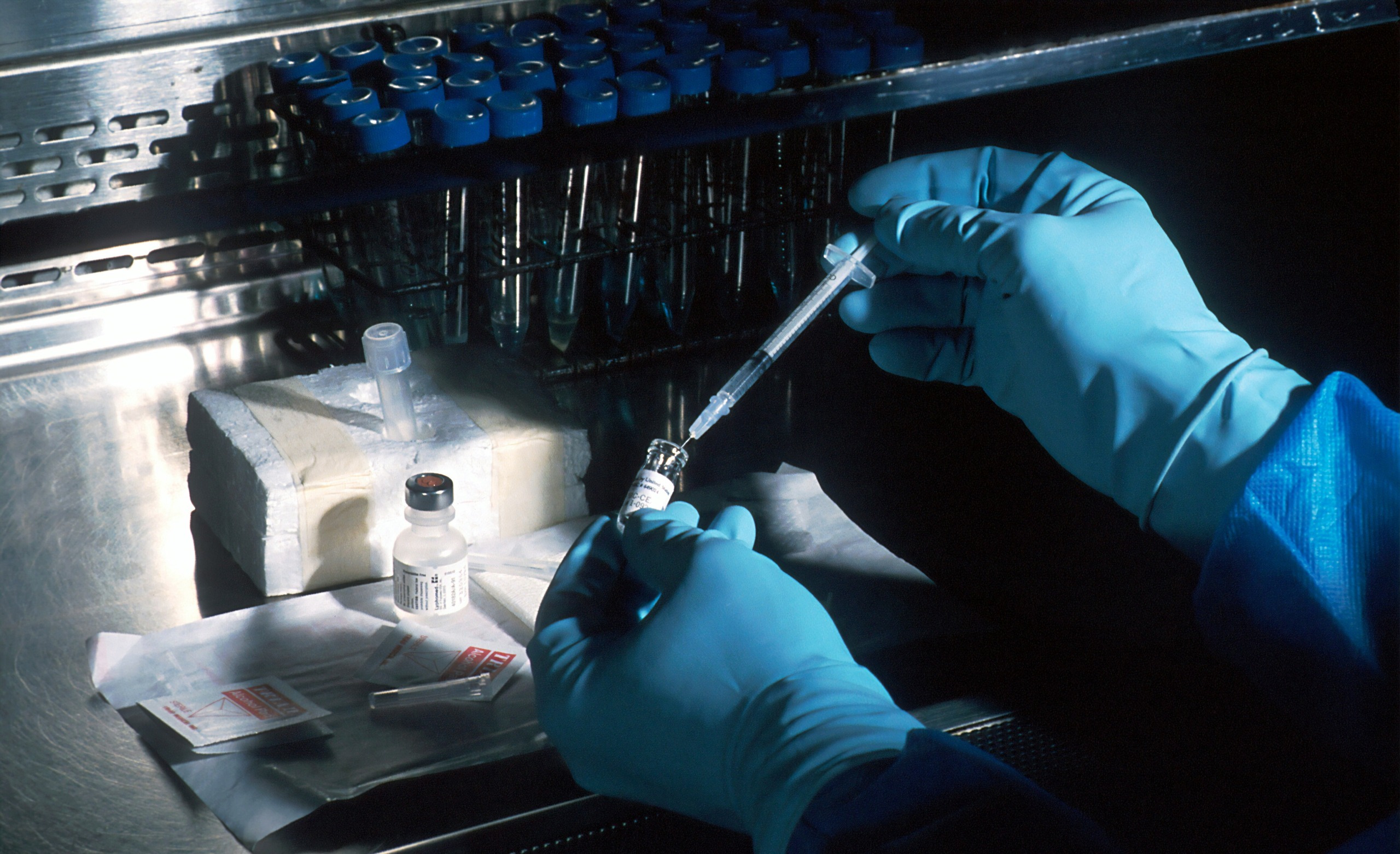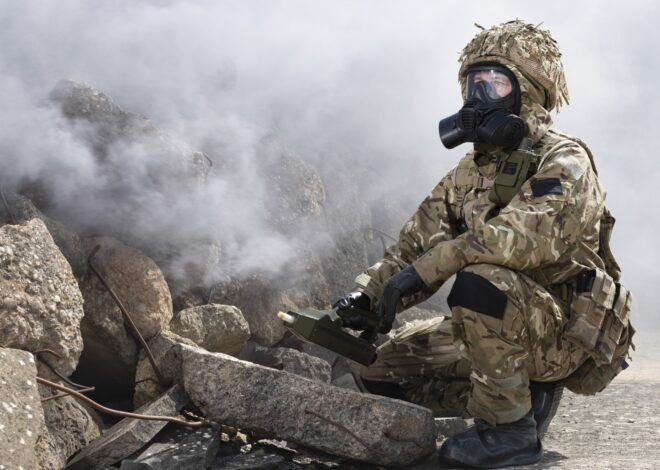
Survive A Biological Attack
Welcome to the ultimate guide on how to survive a biological attack. Picture this: a scenario straight out of a Hollywood thriller, but unfortunately, it’s real. Biological attacks are not just the stuff of movies; they’re a terrifying reality that we must be prepared for.
In this blog post, we will delve into what biological attacks entail, how to recognize them, and most importantly, how to survive them. So buckle up and get ready to arm yourself with knowledge on how to navigate through the unthinkable – surviving a biological attack.
What is a Biological Attack?
A biological attack is a deliberate release of harmful bacteria, viruses, or other germs that can cause illness or even death. These attacks aim to disrupt and instill fear in populations by spreading disease through various means like contaminated food, water, or air. Unlike conventional weapons, biological agents are invisible and may not have an immediate impact, making them insidious and challenging to detect.
Biological attacks can be carried out in different forms, from releasing pathogens in public spaces to contaminating essential resources. The goal is to create widespread panic and chaos while causing harm indirectly. The aftermath of such attacks can be devastating as the effects may not manifest immediately but could linger for an extended period.
Recognizing the signs of a biological attack early on is crucial for mitigating its consequences. Understanding what constitutes a biological attack and being informed about potential threats are key steps towards preparedness and survival in the face of this silent menace.
Common Types of Biological Agents
Biological agents used in attacks can range from bacteria and viruses to toxins produced by living organisms. Bacterial agents like anthrax spores are a common choice due to their ability to survive in the environment for extended periods. Viruses such as smallpox or Ebola can spread rapidly among populations, causing severe illnesses.
Toxins like botulinum toxin produced by certain bacteria can be lethal even in small amounts. Ricin, derived from castor beans, is another potent biological agent that disrupts cell function with deadly consequences. These agents are often chosen for their ability to cause widespread harm and fear among populations.
It’s crucial to understand the various types of biological agents that could be used in an attack to better prepare for potential threats. By staying informed about these different agents, individuals and communities can take proactive measures to protect themselves and minimize the impact of a biological attack.
Symptoms and Effects of Biological Attacks
Biological attacks can have devastating effects on individuals and communities. When exposed to biological agents, symptoms may vary depending on the type of agent used. Common symptoms include fever, coughing, difficulty breathing, nausea, vomiting, diarrhea, and skin rashes. These symptoms can range from mild to severe and may appear within hours or days after exposure.
The effects of a biological attack extend beyond physical health concerns. Psychological distress and fear often accompany such incidents as uncertainty about the extent of exposure spreads rapidly. Communities may experience panic and confusion as they try to grasp the situation at hand.
In addition to immediate health implications, biological attacks can disrupt infrastructure, overwhelm healthcare systems, and lead to economic instability. The aftermath of such an event requires intensive decontamination efforts and long-term recovery plans for affected areas. It is crucial to understand the potential symptoms and effects associated with biological attacks in order to be better prepared for such emergencies.
How to Prepare for a Biological Attack
Preparing for a biological attack may sound daunting, but being proactive can make all the difference in ensuring your safety and that of your loved ones. Start by creating an emergency plan specific to this type of threat. Consider designating a safe room in your home where you can seek shelter if needed.
Stock up on essential supplies such as non-perishable food, water, prescription medications, and first aid kits. Make sure to have protective gear like masks and gloves readily available. Stay informed about potential threats in your area by signing up for alerts from local authorities or relevant agencies.
Practice good hygiene habits regularly to reduce the risk of exposure to harmful agents. Keep communication channels open with family members or neighbors so you can coordinate effectively in case of an emergency. Remember, preparedness is key when it comes to dealing with unexpected situations like a biological attack.
Steps to Take During a Biological Attack
During a biological attack, swift action is crucial to increase your chances of survival. The first step is to seek shelter immediately. Find an indoor location and seal off any openings where the harmful agents could enter. Turn off ventilation systems to prevent further contamination.
Next, if possible, tune in to local authorities for updates and instructions on what to do next. Follow their guidance carefully as they will provide vital information on how to protect yourself and your loved ones during the crisis.
Avoid going outside unless instructed otherwise by authorities. If you must evacuate, cover your mouth and nose with a mask or cloth to reduce exposure to airborne toxins. Keep calm and move quickly but cautiously towards a safe location.
Remember that staying informed and following official directives are key in navigating through a biological attack situation effectively. Your quick thinking and adherence to safety protocols can make all the difference in such emergencies.
Aftermath: Decontamination and Recovery
After a biological attack, decontamination is crucial to prevent further spread of the harmful agents. Properly removing and disposing of contaminated materials is essential in reducing the risk of exposure to toxins. Recovery efforts often involve thorough cleaning and disinfection of affected areas using specialized equipment and protocols.
Decontamination procedures may vary depending on the type of biological agent used in the attack. It’s important to follow guidelines set by authorities to ensure safety and effectiveness. In some cases, professional cleanup services may be necessary to thoroughly sanitize contaminated spaces.
Recovery from a biological attack can be a challenging process that requires patience and vigilance. Monitoring for any lingering symptoms or health effects is vital after exposure to harmful agents. Seeking medical attention promptly if symptoms persist is critical for proper treatment and care.
Remember, staying informed about decontamination measures and recovery protocols can make a significant difference in mitigating the impact of a biological attack on individuals and communities alike.
Conclusion: Staying Informed and Being Ready for Any Disaster
Remember, being prepared is key to surviving any disaster. Staying informed about potential threats and knowing how to respond can make all the difference in a crisis. Whether it’s a biological attack or another emergency situation, having a plan in place and the necessary supplies on hand can help protect you and your loved ones. Stay vigilant, stay informed, and be ready for whatever may come your way. Stay safe!



